Chronic Obstructive Pulmonary Disease
Background
Chronic obstructive pulmonary disease (COPD) is a respiratory condition that causes breathing problems, including coughing, wheezing, shortness of breath, and mucus production. It is one of the most common chronic respiratory diseases in Canada, and was the fourth leading cause of death in Canada in 2012 [1,2]. Smoking is the most common cause of COPD, although the American Thoracic Society and European Respiratory Society estimate that 14% of all COPD is caused by workplace exposures [3].
Possible occupational risk factors
-
- Dusts and fibres (e.g. silica, asbestos, wood, cotton, coal, grain) [4,5]
- Fumes (e.g. welding fumes, diesel engine exhaust, asphalt fumes) [4,6]
- Second-hand smoke [7]
- Pesticides [8]
Key Findings
Results shown here are for diagnoses of COPD prior to age 65, which are more likely to be related to exposures at work than COPD diagnoses among older individuals.
Farming
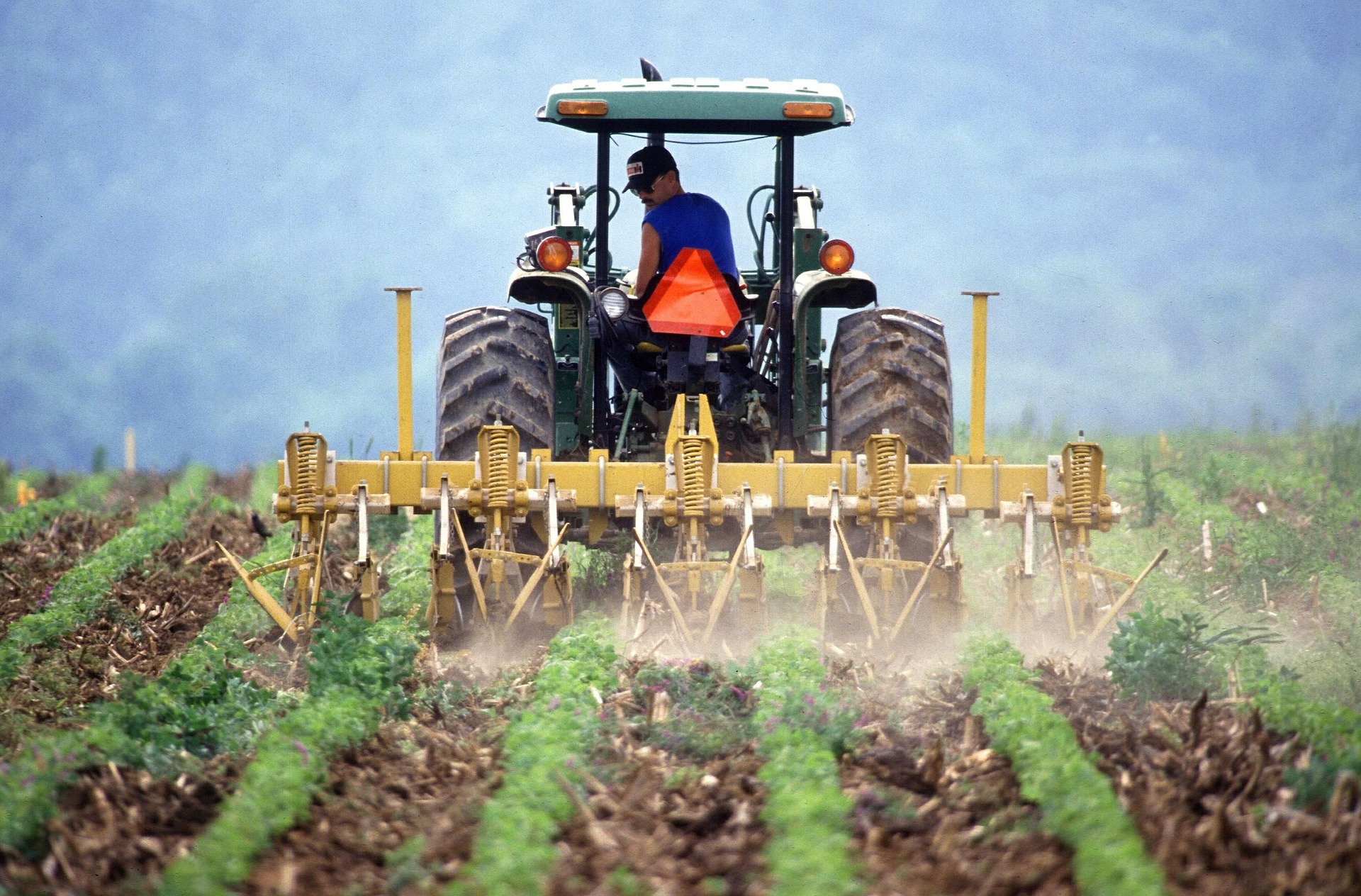 Workers in these groups may be exposed to dusts (including grain dusts, and mixtures of plant, animal and microbial dusts) and pesticides, which may increase risk of COPD. Farm workers may also be exposed to diesel engine exhaust while driving diesel-powered tractors and using other diesel-powered equipment.
Workers in these groups may be exposed to dusts (including grain dusts, and mixtures of plant, animal and microbial dusts) and pesticides, which may increase risk of COPD. Farm workers may also be exposed to diesel engine exhaust while driving diesel-powered tractors and using other diesel-powered equipment.
-
- Farm workers: 1.28 times the risk
- Nursery and related workers: 1.25 times the risk
- Other crop and livestock combination farms: 1.51 times the risk
- Field crop and field crop combination farms: 1.42 times the risk
- Feed industry: 1.39 times the risk
Baking, and flour and grain milling occupations
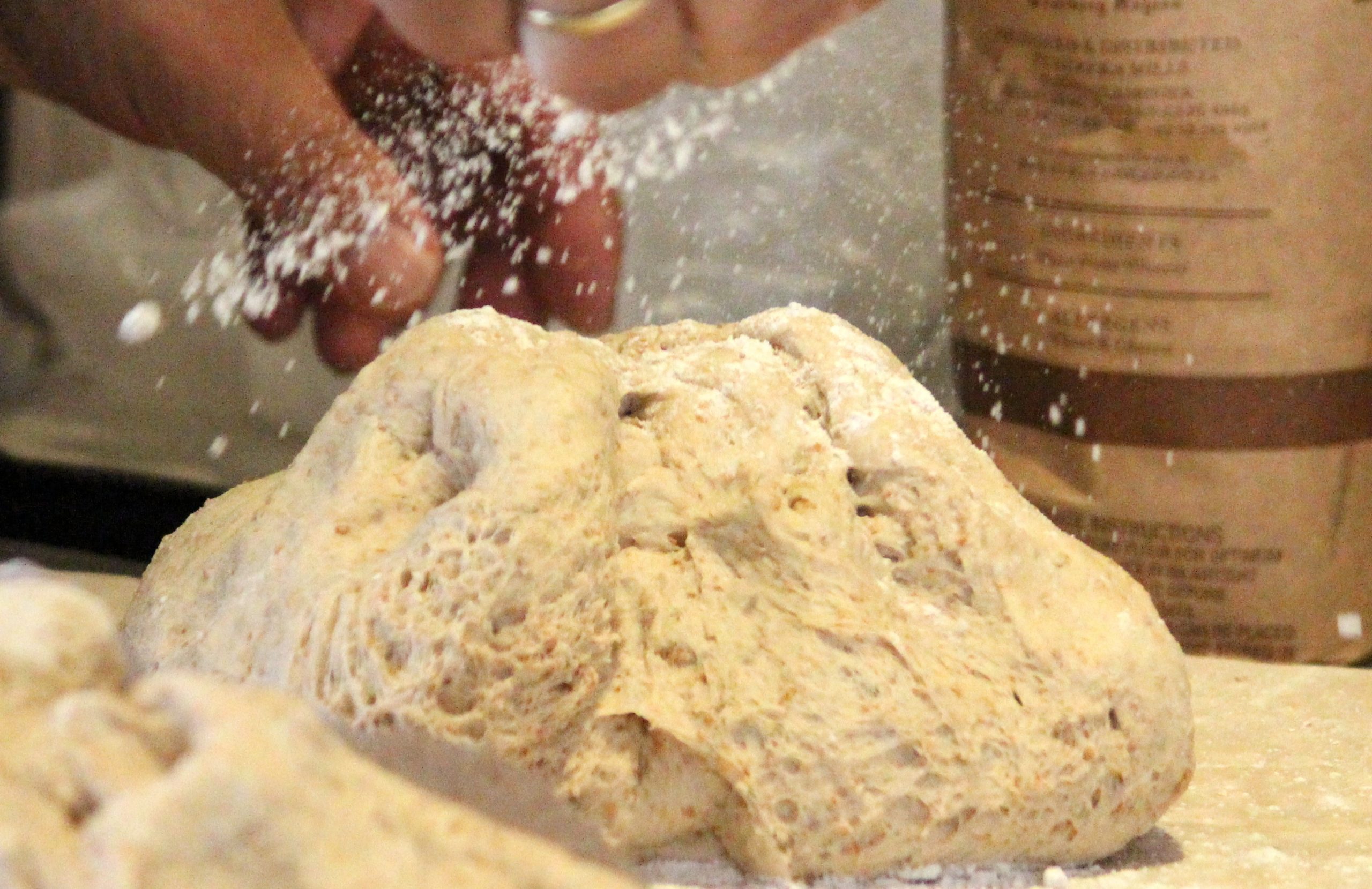 Workers in these groups may be exposed to flour and dusts from other food products that increase their risk of COPD.
Workers in these groups may be exposed to flour and dusts from other food products that increase their risk of COPD.
-
- Flour and grain milling occupations: 1.44 times the risk
- Baking, confectionery making and related occupations: 1.26 times the risk
Textiles
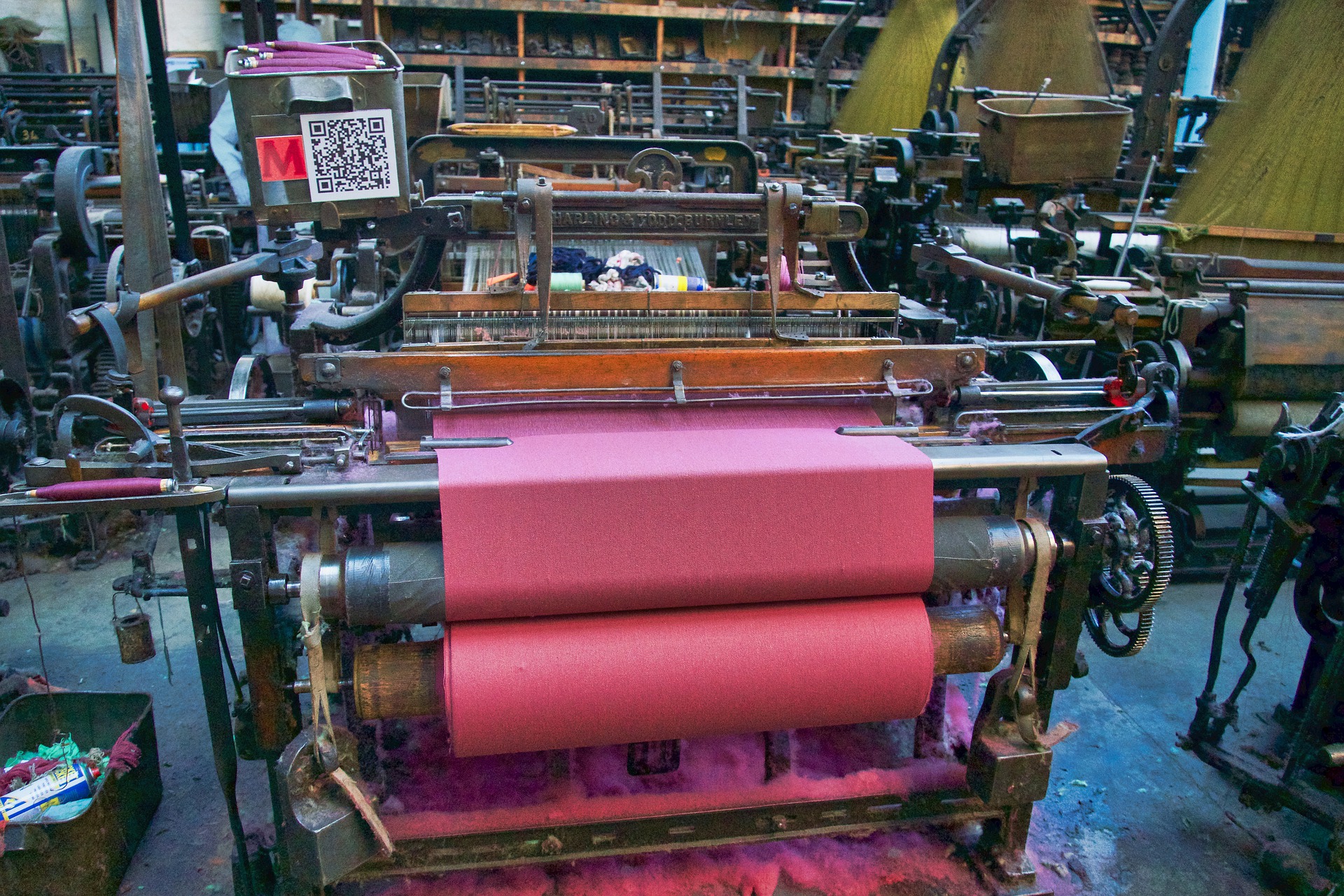 The textile industry includes establishments that make yarn, cloth, carpet and other textiles. Workers in these groups may be exposed to dusts (including cotton and man-made fibre dusts) which may increase the risk of COPD.
The textile industry includes establishments that make yarn, cloth, carpet and other textiles. Workers in these groups may be exposed to dusts (including cotton and man-made fibre dusts) which may increase the risk of COPD.
-
- Textile processing occupations: 1.27 times the risk
- Cotton yarn and cloth mills: 1.75 times the risk
- Automobile fabric accessories industry: 1.66 times the risk
- Man-made fibre, yarn and cloth mills: 1.51 times the risk
Wood-related occupations and industries
 Workers in forestry, pulp and papermaking, and wood machining occupations may be exposed to wood dust, a possible COPD risk factor, during tasks such as cutting timber, chipping wood, processing pulp, and making wood products.
Workers in forestry, pulp and papermaking, and wood machining occupations may be exposed to wood dust, a possible COPD risk factor, during tasks such as cutting timber, chipping wood, processing pulp, and making wood products.
-
- Labouring and other elemental work in pulp and papermaking occupations: 1.80 times the risk
- Labouring and other elemental occupations in fabricating, assembling and repairing wood products: 1.48 times the risk
- Wood sawing and related occupations, except sawmills: 1.46 times the risk
- Timber cutting and related occupations: 1.45 times the risk
- Wooden box factories: 1.94 times the risk
Construction
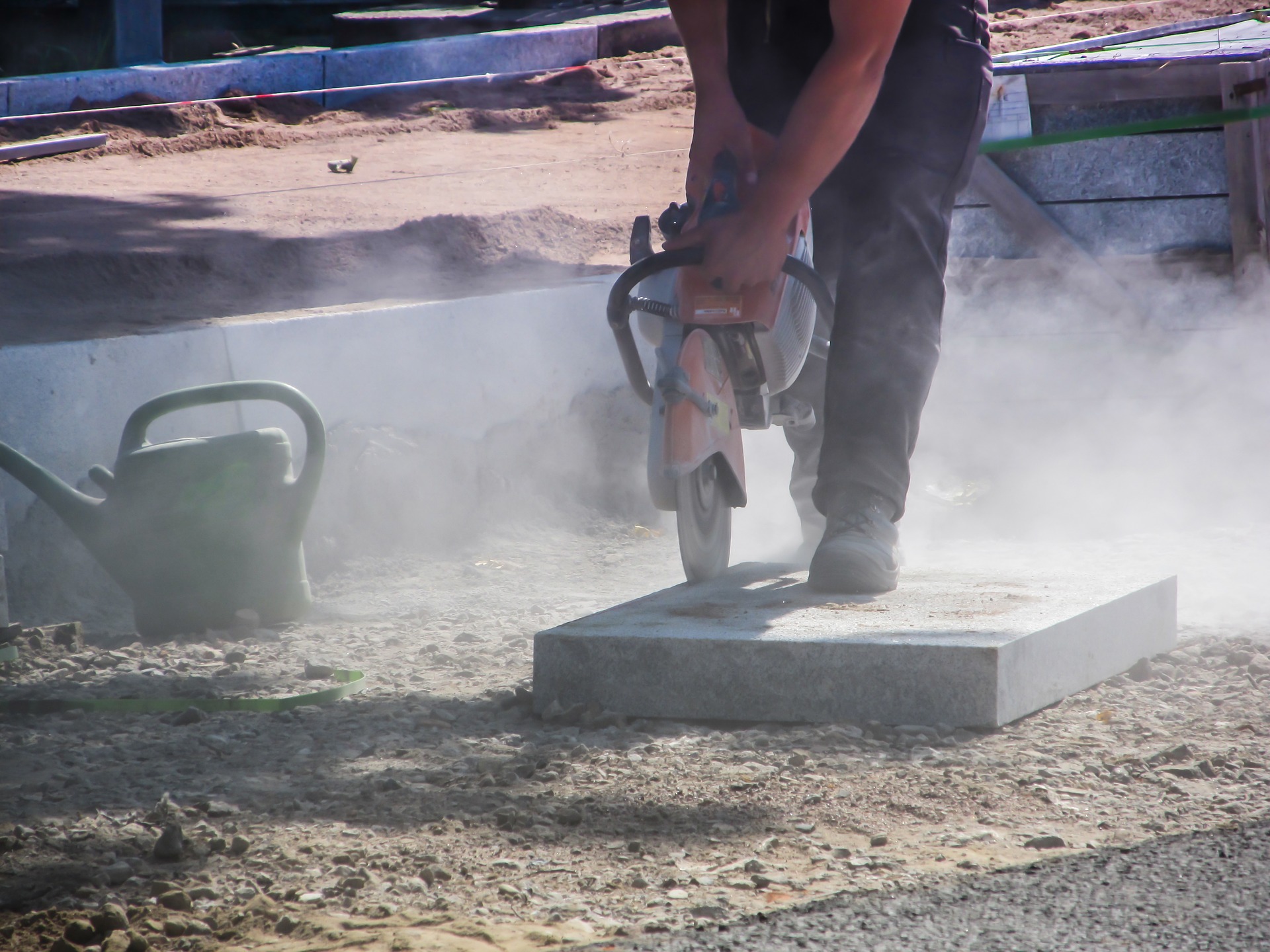 Workers in construction trades are exposed to several possible risk factors for COPD, including many different dusts and fibres (e.g. asbestos, silica, cement, concrete and wood dusts) and fumes (e.g. diesel exhaust, asphalt, and welding fumes).
Workers in construction trades are exposed to several possible risk factors for COPD, including many different dusts and fibres (e.g. asbestos, silica, cement, concrete and wood dusts) and fumes (e.g. diesel exhaust, asphalt, and welding fumes).
-
- Insulating occupations: 1.78 times the risk
- Labouring and other elemental work in excavating, grading and paving occupations: 1.75 times the risk
- Painters, paperhangers and related occupations: 1.58 times the risk
- Roofing, waterproofing and related occupations: 1.54 times the risk
- Labouring and other elemental occupations in construction trades: 1.45 times the risk
- Concrete finishing and related occupations: 1.38 times the risk
Mining
 Workers in this group perform a variety of tasks including drilling and blasting, and cutting, handling and loading minerals, waste and other materials. They may be exposed to a variety of possible risk factors for COPD, including silica and diesel engine exhaust.
Workers in this group perform a variety of tasks including drilling and blasting, and cutting, handling and loading minerals, waste and other materials. They may be exposed to a variety of possible risk factors for COPD, including silica and diesel engine exhaust.
-
- Labouring and other elemental occupations: 1.36 times the risk
- Cutting, handling and loading occupations: 1.23 times the risk
- Stone quarries: 1.73 times the risk
- Sand pits or quarries: 1.61 times the risk
- Services incidental to mining: 1.53 times the risk
Metal processing and welding
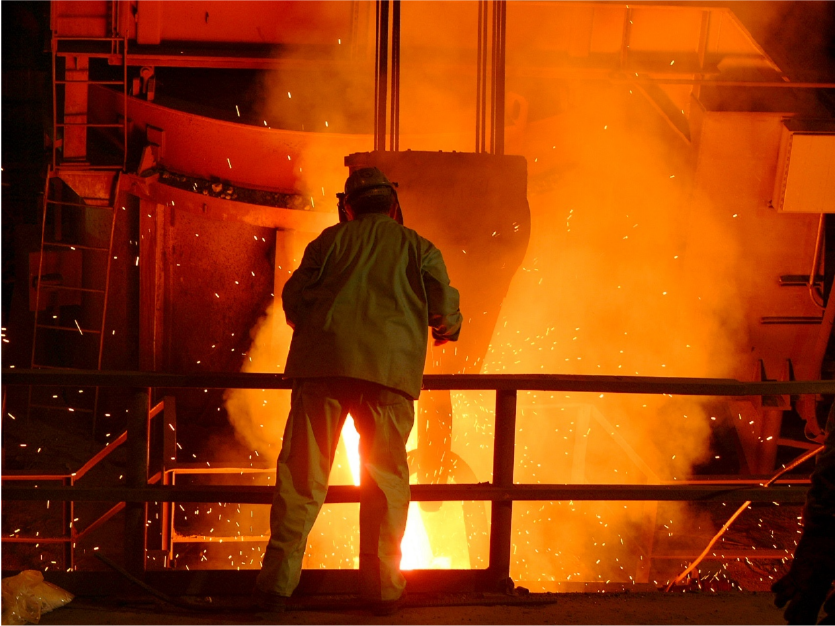 Metal processing workers can be exposed to metal fumes and dusts when performing tasks such as melting, heat-treating, rolling, moulding, casting, extruding, and plating metal.
Metal processing workers can be exposed to metal fumes and dusts when performing tasks such as melting, heat-treating, rolling, moulding, casting, extruding, and plating metal.
-
- Metal rolling occupations: 1.46 times the risk
- Labouring and other elemental work in metal processing occupations: 1.46 times the risk
- Moulding, coremaking and metal casting occupations: 1.33 times the risk
- Metal smelting, converting and refining furnaceworkers: 1.29 times the risk
- Welding and flame cutting occupations: 1.18 times the risk
- Iron foundries: 1.68 times the risk
- Copper and copper alloy rolling, casting and extruding industries: 1.65 times the risk
Miscellaneous materials processing and manufacturing occupations and industries
 Workers in these occupations and industries may be exposed to several risk factors, including dust and chemical fumes from the production of rubber or plastics, which may increase the risk of COPD.
Workers in these occupations and industries may be exposed to several risk factors, including dust and chemical fumes from the production of rubber or plastics, which may increase the risk of COPD.
-
- Mixing and blending occupations, chemicals and related materials: 1.63 times the risk
- Labouring and other elemental work in chemicals, petroleum, rubber, plastic and related materials processing occupations: 1.33 times the risk
- Bonding and cementing occupations, rubber, plastic and related products: 1.31 times the risk
- Manufacturers of plastics and synthetic resins: 1.72 times the risk
Relative Risk by Industry and Occupation
Figure 1. Risk of COPD diagnosis among workers employed in each industry group relative to all others, Occupational Disease Surveillance System (ODSS), 2006-2016
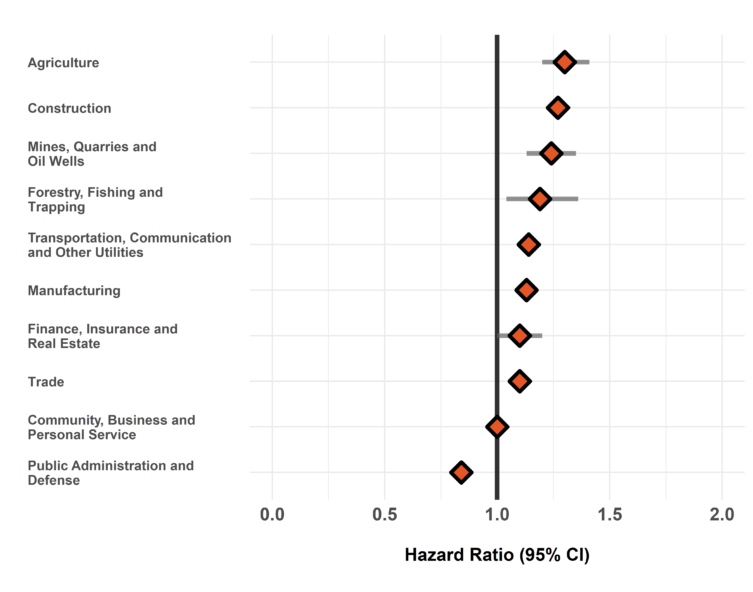
The hazard ratio is an estimate of the average time to diagnosis among workers in each industry/occupation group divided by that in all others during the study period. Hazard ratios above 1.00 indicate a greater risk of disease in a given group compared to all others. Estimates are adjusted for birth year and sex. The width of the 95% Confidence Interval (CI) is based on the number of cases in each group (more cases narrows the interval).
Figure 2. Risk of COPD diagnosis among workers employed in each occupation group relative to all others, Occupational Disease Surveillance System (ODSS), 2006-2016
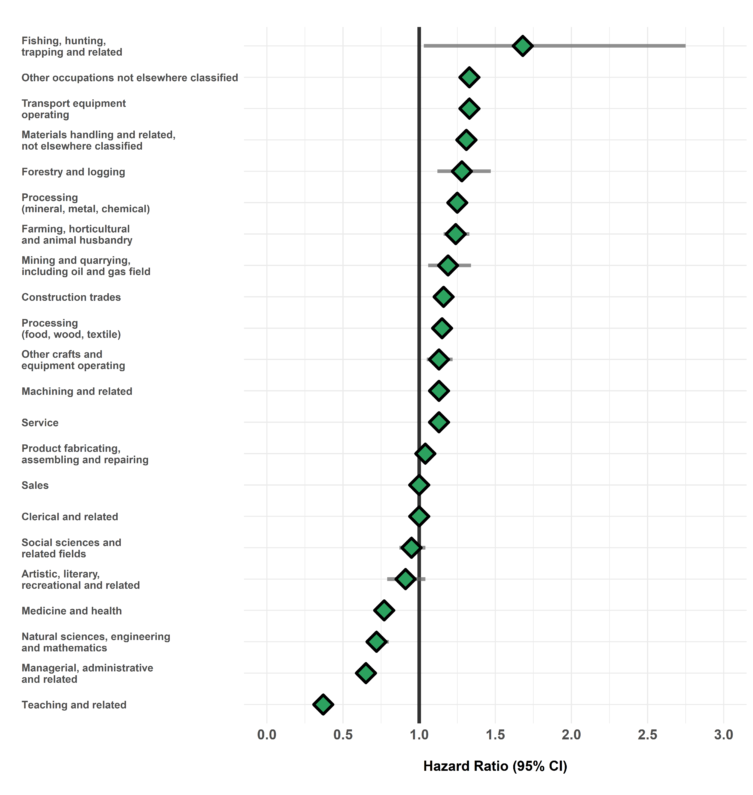
The hazard ratio is an estimate of the average time to diagnosis among workers in each industry/occupation group divided by that in all others during the study period. Hazard ratios above 1.00 indicate a greater risk of disease in a given group compared to all others. Estimates are adjusted for birth year and sex. The width of the 95% Confidence Interval (CI) is based on the number of cases in each group (more cases narrows the interval).
Table of Results
Table 1. Surveillance of COPD: Number of cases, workers employed, and hazard ratios in each industry (SIC)
| SIC Code * | Industry Group | Number of cases | Number of workers employed | Hazard Ratio (95% CI) † |
| 1 | Agriculture | 625 | 22,672 | 1.30 (1.20-1.41) |
| 2/3 | Forestry, Fishing and Trapping |
209 | 6,348 | 1.19 (1.04-1.36) |
| 4 | Mines, Quarries and Oil Wells |
523 | 13,644 | 1.24 (1.13-1.35) |
| 5 | Manufacturing | 13,847 | 465,271 | 1.13 (1.10-1.15) |
| 6 | Construction | 4,077 | 139,149 | 1.27 (1.23-1.31) |
| 7 | Transportation, Communication and Other Utilities |
4,189 | 138,541 | 1.14 (1.10-1.17) |
| 8 | Trade | 7,318 | 290,558 | 1.10 (1.07-1.12) |
| 9 | Finance, Insurance and Real Estate |
445 | 15,233 | 1.10 (1.00-1.20) |
| 10 | Community, Business and Personal Service |
9,345 | 385,276 | 1.00 (0.97-1.02) |
| 11 | Public Administration and Defense |
3,034 | 128,178 | 0.84 (0.81-0.87) |
| * SIC: Standard Industrial Classification (1970) | ||||
| † Hazard rate in each group relative to all others | ||||
Table 2. Surveillance of COPD: Number of cases, workers employed, and hazard ratios in each occupation (CCDO) group
| CCDO Code * | Occupation Group | Number of cases | Number of workers employed | Hazard Ratio (95% CI) † |
| 11 | Managerial, administrative and related |
419 | 23,120 | 0.65 (0.59-0.72) |
| 21 | Natural sciences, engineering and mathematics |
380 | 19,212 | 0.72 (0.65-0.80) |
| 23 | Social sciences and related fields |
491 | 21,679 | 0.95 (0.87-1.04) |
| 25 | Religion | <5 | 85 | — |
| 27 | Teaching and related | 385 | 36,291 | 0.37 (0.33-0.41) |
| 31 | Medicine and health | 2,015 | 91,510 | 0.77 (0.74-0.81) |
| 33 | Artistic, literary, recreational and related |
197 | 9,598 | 0.91 (0.79-1.04) |
| 41 | Clerical and related | 3,634 | 135,305 | 1.00 (0.97-1.04) |
| 51 | Sales | 2,164 | 95,616 | 1.00 (0.96-1.04) |
| 61 | Service | 6,365 | 232,439 | 1.13 (1.10-1.17) |
| 71 | Farming, horticultural and animal husbandry |
860 | 32,255 | 1.24 (1.16-1.33) |
| 73 | Fishing, hunting, trapping and related |
16 | 362 | 1.68 (1.03-2.75) |
| 75 | Forestry and logging | 217 | 6,279 | 1.28 (1.12-1.47) |
| 77 | Mining and quarrying, including oil and gas field |
284 | 7,640 | 1.19 (1.06-1.34) |
| 81 | Processing (mineral, metal, chemical) |
1,902 | 57,323 | 1.25 (1.20-1.31) |
| 82 | Processing (food, wood, textile) |
2,002 | 67,885 | 1.15 (1.10-1.21) |
| 83 | Machining and related | 4,197 | 135,616 | 1.13 (1.09-1.16) |
| 85 | Product fabricating, assembling and repairing |
6,776 | 229,894 | 1.04 (1.02-1.07) |
| 87 | Construction trades | 4,240 | 143,343 | 1.16 (1.12-1.19 |
| 91 | Transport equipment operating |
4,309 | 120,826 | 1.33 (1.29-1.38) |
| 93 | Materials handling and related, not elsewhere classified |
3,446 | 106,918 | 1.31 (1.26-1.35) |
| 95 | Other crafts and equipment operating |
651 | 19,421 | 1.13 (1.05-1.22) |
| 99 | Other occupations not elsewhere classified | 4,650 | 147,668 | 1.33 (1.29-1.38) |
| * CCDO: Canadian Classification Dictionary of Occupations (1971) | ||||
| † Hazard rate in each group relative to all others | ||||
Please note that ODSS results shown here may differ from those previously published or presented. This may occur due to changes in case definitions, methodological approaches, and the ongoing nature of the surveillance cohort.
References
- Public Health Agency of Canada. Asthma and Chronic Obstructive Pulmonary Disease (COPD) in Canada, 2018: Report from the Canadian Chronic Disease Surveillance System. 2018.
- Najafzadeh M, Marra CA, Lynd LD, Sadatsafavi M, FitzGerald JM, McManus B, et al. Future Impact of Various Interventions on the Burden of COPD in Canada: A Dynamic Population Model. PLoS One. 2012;7(10).
- Blanc PD, Annesi-Maesano I, Balmes JR, Cummings KJ, Fishwick D, Miedinger D, et al. The Occupational Burden of Nonmalignant Respiratory Diseases. An Official American Thoracic Society and European Respiratory Society Statement. Am J Respir Crit Care Med. 2019;199(11):1312–34.
- Bergdahl IA, Torén K, Eriksson K, Hedlund U, Nilsson T, Flodin R, Järvholm B. Increased mortality in COPD among construction workers exposed to inorganic dust. European Respiratory Journal. 2004;23(3):402-6.
- Omland Ø, Würtz ET, Aasen TB, Blanc P, Brisman JB, Miller MR, Pedersen OF, Schlünssen V, Sigsgaard T, Ulrik CS, Viskum S. Occupational chronic obstructive pulmonary disease: A systematic literature review. Scand J Work Environ Health 2014;40(1):19-35.
- Hart JE, Laden F, Schenker MB, Garshick E. Chronic obstructive pulmonary disease mortality in diesel-exposed railroad workers. Environ Health Perspect. 2006;114(7):1013–7.
- Public Health Agency of Canada. Chronic obstructive pulmonary disease (COPD). 2019.
- Lytras T, Kogevinas M, Kromhout H, Carsin AE, Antó JM, Bentouhami H, et al. Occupational exposures and 20-year incidence of COPD: The European Community Respiratory Health Survey. Thorax. 2018;73(11):1008-15.
